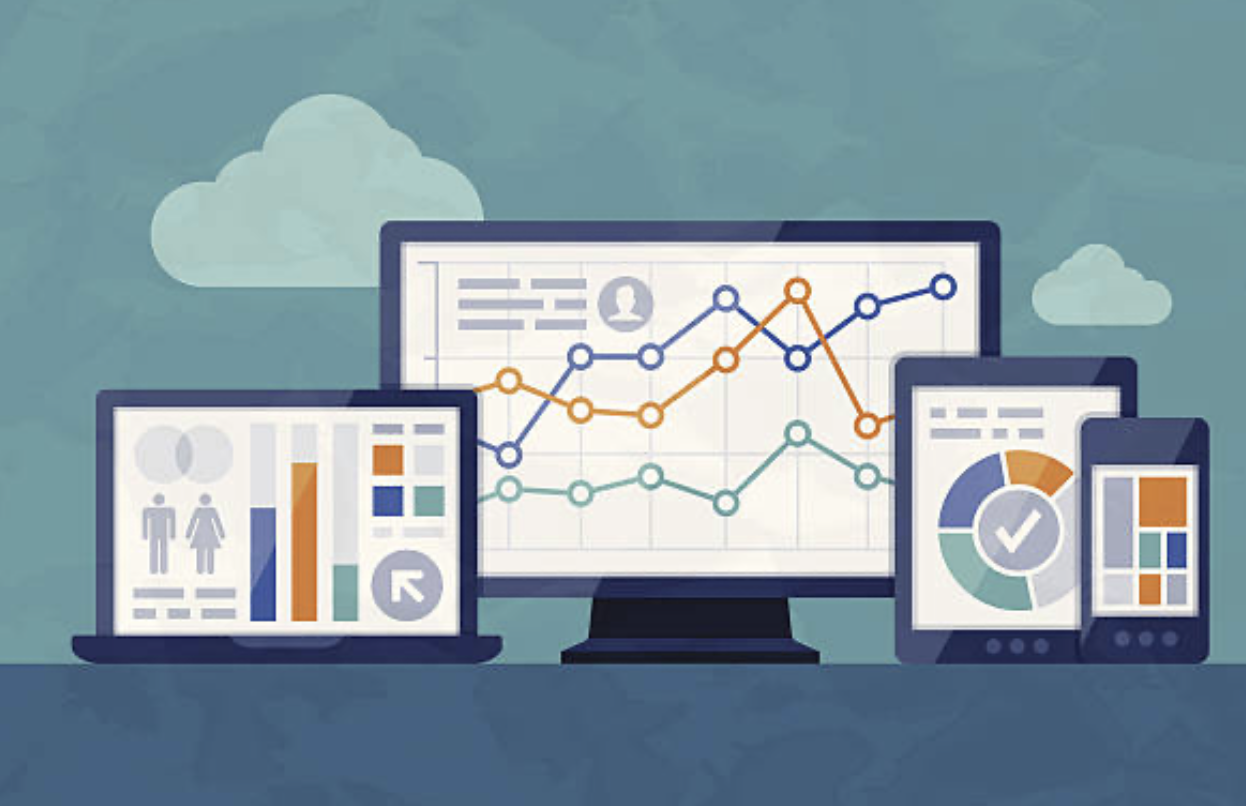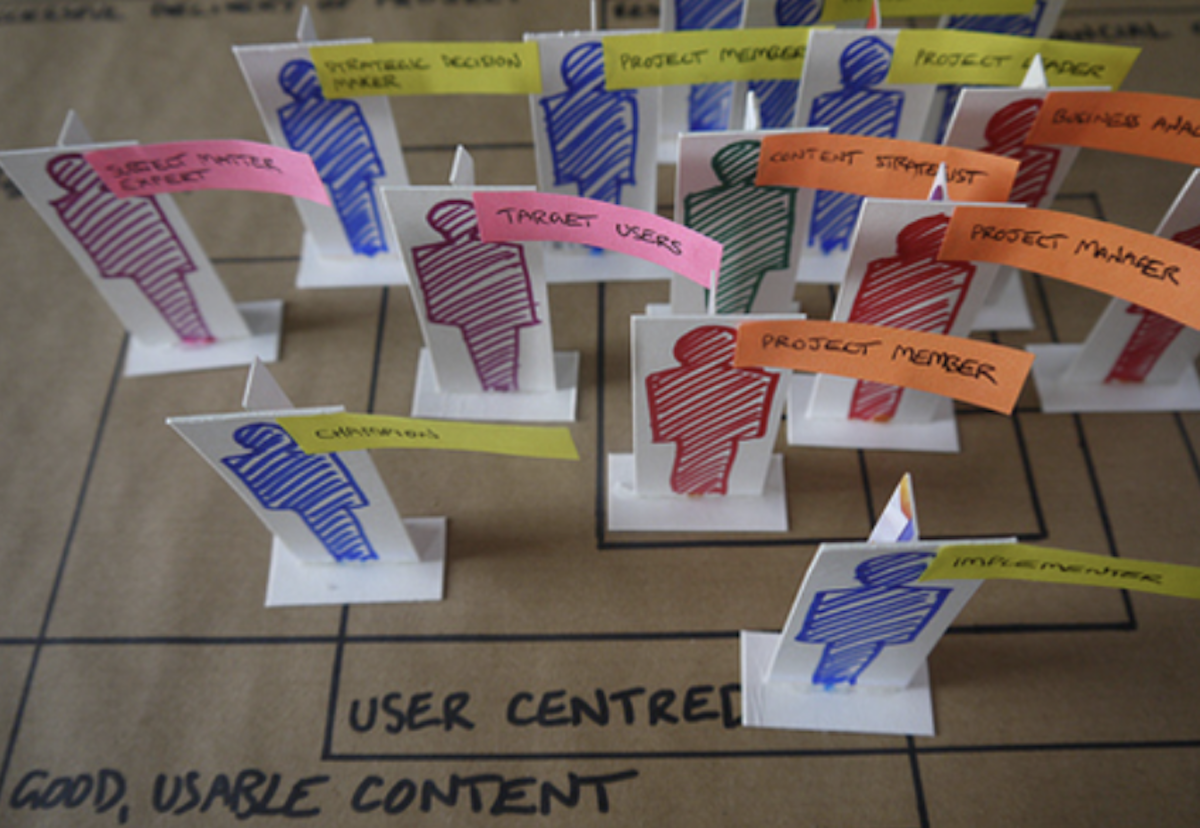Tools for marketing analytics are important assistance to make your business efficient and effective in driving sales and profit. Marketing analytics will improve your business ability to achieve sales. This kind of marketing is what every business wants.
The biggest difference between marketing that makes you money and marketing that’s just a giant waste of your time and money and energy, all comes down to knowing a few simple but incredibly important marketing metrics.
That’s how marketing analytics that you can use to track your marketing and to make sure that what you’re doing is actually working and delivering results.
Read: What is Lead and How to Generate Leads?
The opposite approach to all of this is of course just to carry on hoping and wishing and praying that things just magically work out but that’s not marketing, that’s gambling and you not knowing your numbers is giving your competitors a significant competitive advantage. that quite frankly
You need to know what numbers you should be tracking now but when it comes to marketing analytics and metrics there are a whole lot of numbers to look at, too many which explains why most businesses don’t even try and that’s a shame.
Here are tools for marketing analytics:
Google Analytics
 |
|---|
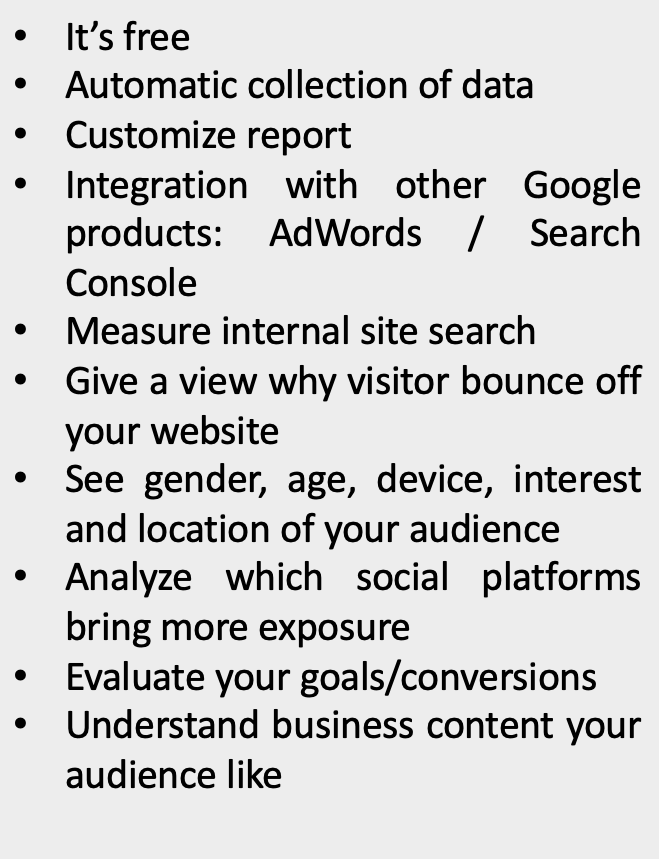 |
 |
|---|
 |
|---|
Facebook Meta
 |
|---|
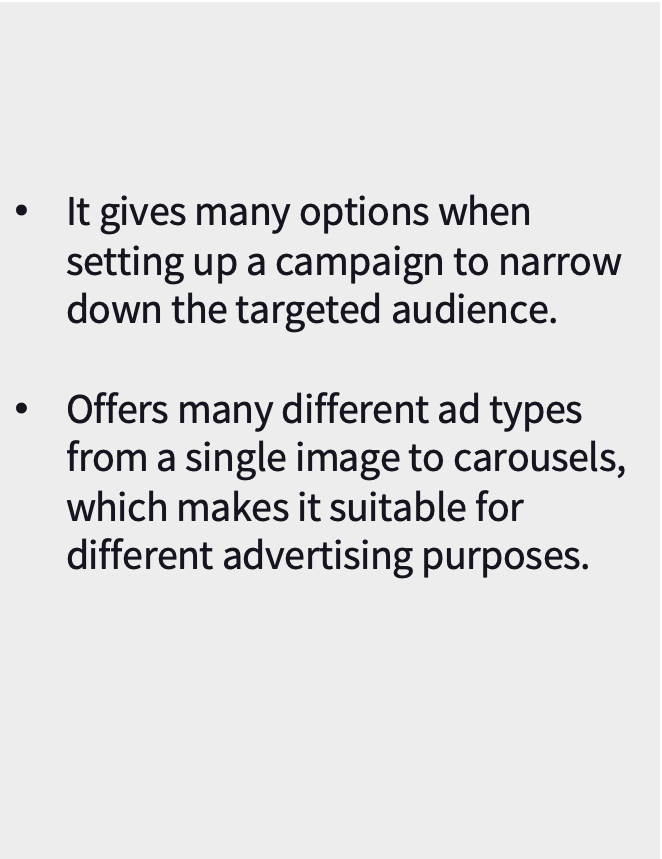 |
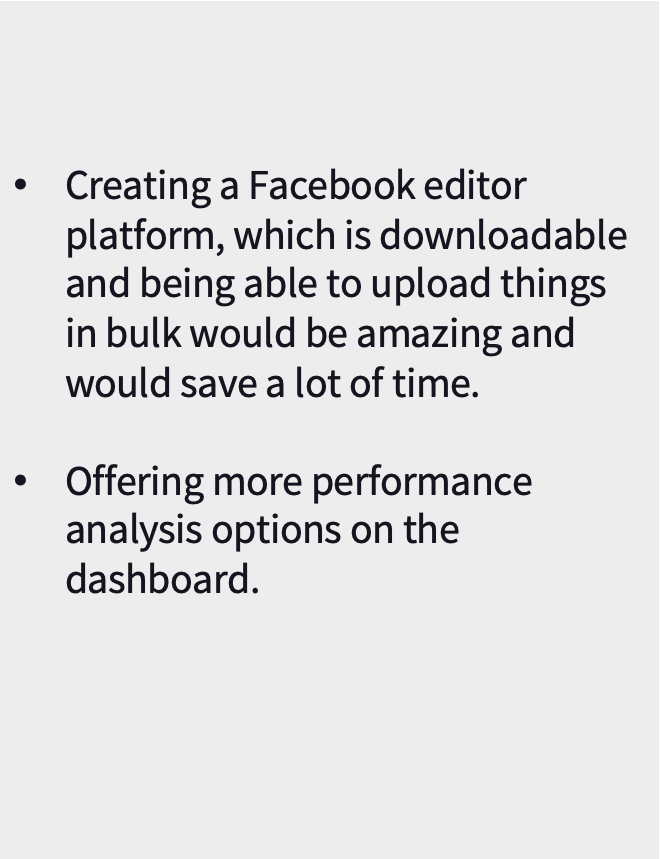 |
|---|
 |
|---|
Hootsuite
 |
|---|
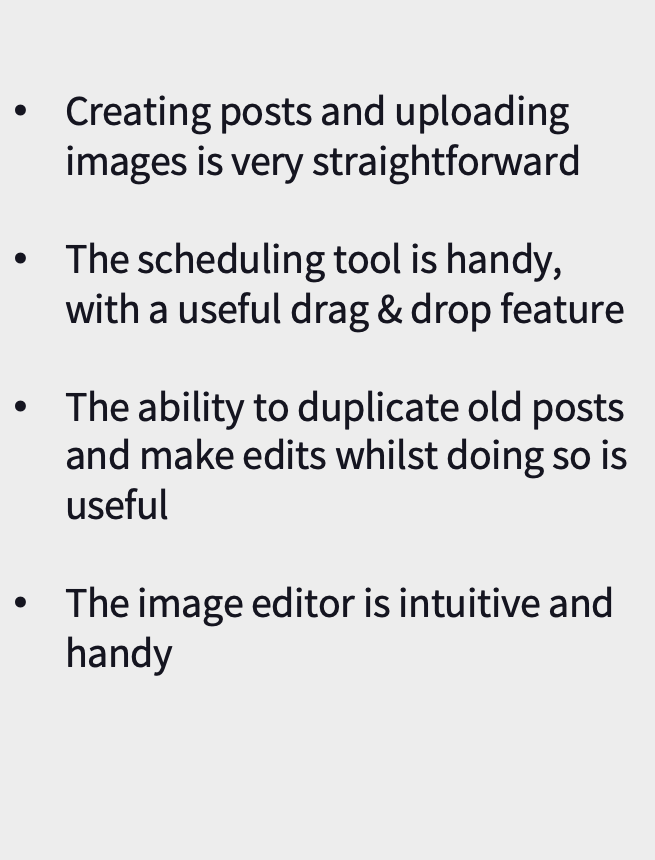 |
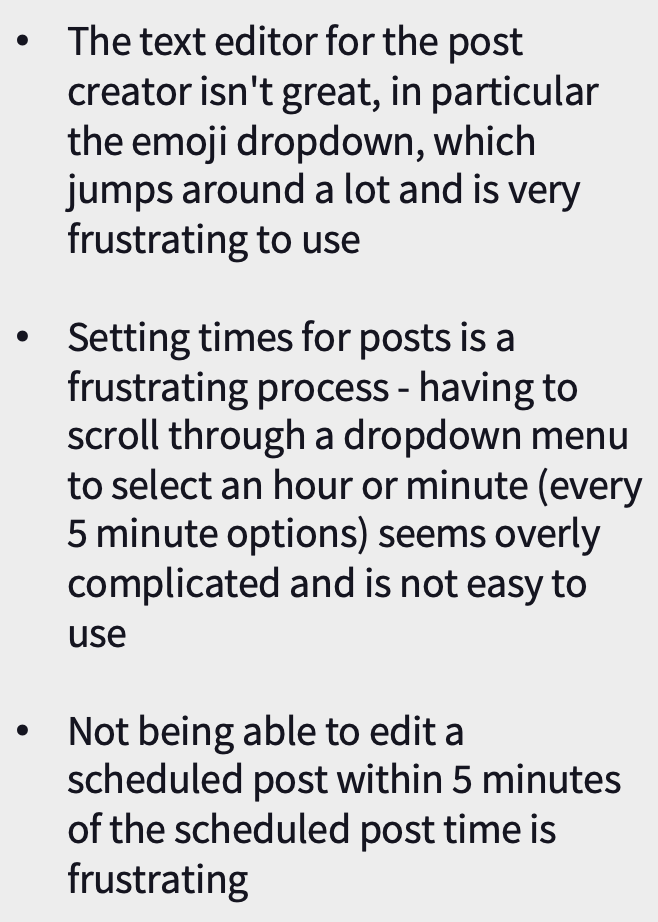 |
|---|
 |
|---|
Systeme
 |
|---|
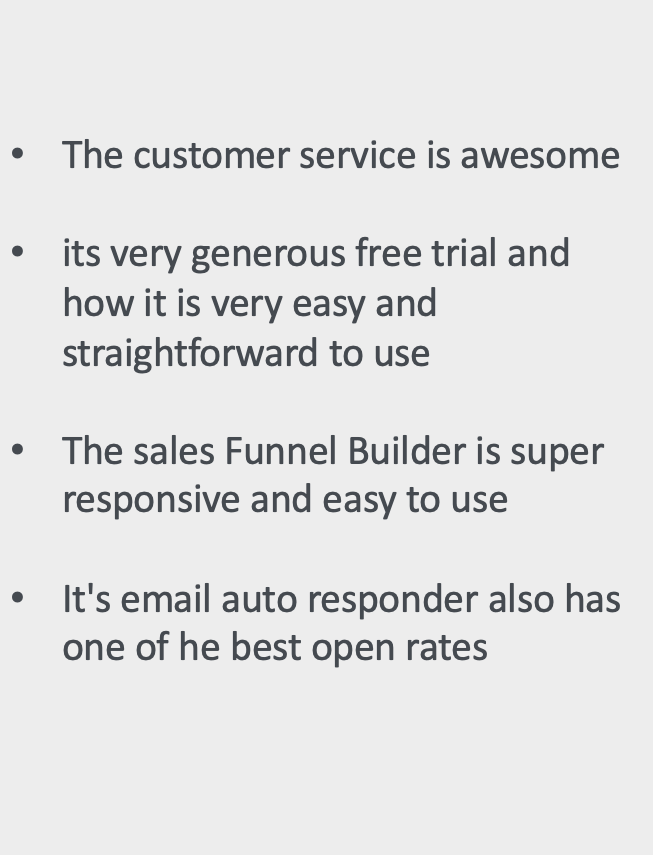 |
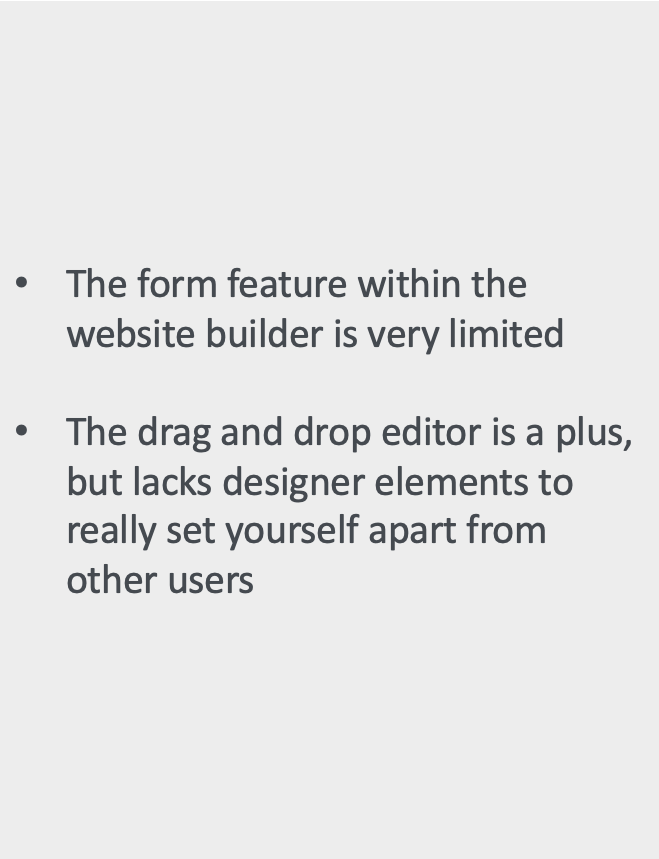 |
|---|
 |
|---|
How Marketing Analytics Done
Here is a practical example step by step showing you exactly what you need to look at measure and what you should be tracking at each stage of the marketing process. With that said let’s start at the beginning and go from there the first metric that you want to pay attention to is budget even though marketing budget should be unlimited so long as they’re making you more money than they’re costing.
You need an initial budget to start with.
For easy math we’re gonna say that our budget is $1,000 it’s also important to have a goal, something that you can measure and track and compare your campaign against in order to determine whether it was successful or not and your goal could be anything like clicks or calls or sales or appointments or messages, pretty much anything but for this example we’ll say that we’re selling something for $500.
Our ultimate goal is sales of that offer and a marketing campaign that delivers a positive ROI (return on investment) in other words something that makes us more money back than we spend on it and we’re going to track things throughout the process to make sure this happens.
Once you have your budget and goal established the next analytic that you want to look at is something called CPM which stands for cost per mil and is also known as cost per thousand which is how much it’s going to cost to get 1000 impressions.
Every marketing channel platform and media choice is going to have a different CPM depending on your targeting platform, content quality and a whole bunch of other factors. The big thing to keep in mind here though is to start to pay attention to what different channels cost for example you might be able to run a facebook ad and reach one thousand people for $10 that same ad on instagram might cost you $15 but maybe they’re a better fit so it’s worth the extra spend.
For comparison running an ad during the super bowl will cost you around $58 dollars and 30 cents and on regular tv let’s say around $20 for national reach but maybe only $5 to $10 for a local station but unless you’re selling something with mass market appeal you’d probably be much better off paying a higher CPM, but targeting a smaller and more focused group of customers because you’re paying for impressions and an impression occurs any time an Ad or message or post or any other form of digital media renders on a user’s screen. In other words even if they don’t click it or look at it or even notice that it exists it still counts as an impression so for our example here let’s say that we decide to run an ad on a totally generic and fictitious social media platform called virtualfriend.
With a CPM of $10 we can see that a $1,000 budget is going to get us 10000 impressions. This is a good start, we’ve got a business to run and putting our stuff in front of people is only the very first step. We also need them to take some kind of action which leads us to the next metric: clicks.
Now you might not be after clicks maybe it’s calls you on next or visits or getting an sms or text message whatever the case though.
What’s important here is that you measure it so you can start to track whether or not you’re in the right place, reaching the right people with the right, message in other words getting in front of 10,000 of the wrong people isn’t worth much. In fact it’s worth nothing, but getting in front of 10,000 of the right people is marketing magic, so let’s say that from the 10,000 impressions that we got, we managed to get 500 clicks and with this information we can work out the CPC or cost per click and we do this by taking our initial budget and dividing it by the number of clicks we got giving us a CPC of $2.
We can also figure out our CTR or click-through rate which is the percentage of people who ended up clicking. We do this by taking the number of clicks in this case 500 and dividing it by the number of impressions we got which was 10,000 and this gives us a CTR of 5% but just like last time we don’t just want impressions or clicks, we want sales and customers and revenue.
Which means the next marketing analytics that we need to track is actions. It’s here that you’re going to track how many actions you got of your target goal whether that was sales leads, calls, messages or whatever your end goal was.
For this example we wanted sales of our 500 offer so that’s what we’re going to measure. Let’s say that we did a good job with our messaging, our targeting, our placements and hair our entire campaign. You’re able to make 15 sales at 500 each and with this information we can work out our CPA or cost per acquisition also known as cost per action.
This is measured by taking the total amount spent in this case one $1,000 and dividing it by the total number of actions in this case 15 and this gives us a CPA of 66.66666 let’s just say a CPA of $66.67
We can also use this information to calculate how well our sales page performed by working out the conversion rate. Here we’ll take the total number of conversions, in this case sales which was 15 and divide that by the total number of people who visited the page in this case 500 and this gives us a conversion rate of 3%. These are valuable numbers to know because they’re going to enable you to compare different marketing campaigns and platforms and strategies against each other in order to make better and more effective and more profitable marketing decisions.
We’re not quite done; we still need to figure out just how much money we made and how profitable this campaign was after all. Let’s do that. The first number that we need to tally up here in order to determine our campaign’s overall profitability is revenue.
Revenue is calculated by multiplying the price of the offer by the number of things sold. In this case our offer was 500 and we sold 15 of them which means we generated $7,500 in revenue but that’s revenue not profit.
Read: How to Turn Leads into Sales
We need to subtract our expenses from revenue in order to get our profit. To keep things simple, we’re not going to count any fixed costs like rent, wages, utilities and equipment but we will obviously count our $1,000 budget for this campaign so total revenue generated of $7,500 minus $1,000 in marketing expenses leaves you with a profit of $6,000 and that means that your ROI or return on investment from this campaign is 650% which we can get by dividing our total profit by the total amount spent which is great. It means that you want to go back to that initial budget and bump it up so you can make even more on your next campaign.
Now that you know what tools for marketing analytics and what marketing analytics to track. The next thing you’re going to want to do is build out a digital marketing campaign and plan from start to finish. Marketing analytics will become easier if you build a funnel to capture sales flow of your campaign.

